Fission chips - How vinegar could revolutionise sensor processing!
Our very own Jeff (Mres graduate, class of 2021) and the team, have achieved a breakthrough in UV light sensor technology, published in the July 2024 issue of Small and highlighted by major news outlets.
Their innovative method uses acetic acid vapor—essentially vinegar fumes—to boost the performance of zinc oxide nanoparticle-based sensors at room temperature. This process causes the nanoparticles to connect, forming conductive pathways crucial for efficient electron flow, without the need for high-temperature processing.
Traditionally, UV sensors require heating, which limits material choices and raises production costs. This new approach bypasses heat, allowing the use of flexible materials ideal for wearables. The team’s sensor, created by spraying zinc oxide onto platinum electrodes and treating it with vinegar vapor for 15 minutes, is up to 128,000 times more responsive than untreated versions.
The highly porous nanofilm structure enables deep oxygen penetration, making the entire film active in sensing. The room-temperature vapor technique offers key benefits over traditional high-temperature methods: it’s cost-effective and eco-friendly, eliminates energy-intensive heating, allows the use of flexible, heat-sensitive substrates suited for wearables, and supports scalable production, with sensors ready in under 20 minutes.
This innovative approach not only holds promise for UV sensors but could also be applied to a wide range of other sensor types. By utilising simple chemical vapor treatments, the method could revolutionise sensor processing across various functional materials and nanostructures.
Global Recognition
We are proud to announce that this groundbreaking research has garnered international media attention. Esteemed science news outlets and organisations have featured the study, highlighting its potential impact on the future of sensor technology including EurekaAlert, Phys.Org, AZO Sensors, ScienceDaily, Electronicsonline, StatNano and the Lighthouse.
Read the full study in the journal Small here.


